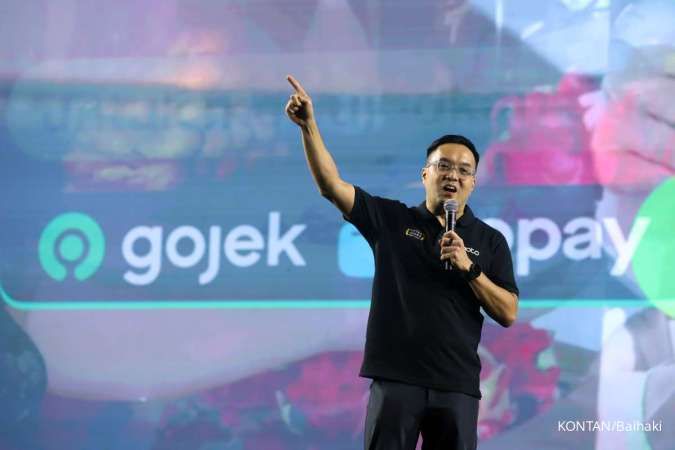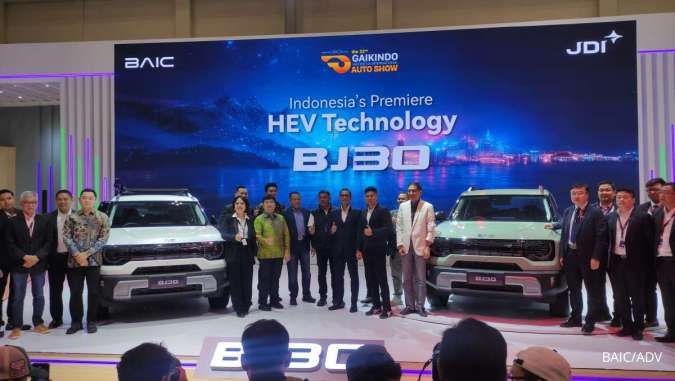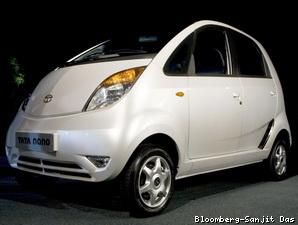JAKARTA. Indian auto company, Tata Motors, will introduce the company’s city car the Tata Nano in Indonesia early next year as part of its initial marketing strategy to capture the Southeast Asian country’s growing car market.Biswadev Sengupta, CEO of Tata Motors for Indonesian Operations, said the company’s cars, both passenger and commercial vehicles, were expected to hit Indonesian roads in the first quarter of next year.The company chose the Tata Nano, dubbed the world’s cheapest car, to spearhead its entry into the passenger vehicle market.“The multipurpose vehicle [MPV] segment is the largest in the passenger vehicle market,” he said. “However, the hatchback segment, although still very small, is growing fast and that is where we want to place our product,” he said during an interview with The Jakarta Post recently.The Tata Nano, which has a small engine capacity of just 600 cubic centimeter (CC), has been touted as the world’s least expensive four-wheeled vehicle, given that the car carried a price tag of roughly US$1,800 during its debut in 2009.Sengupta, however, declined to reveal the price tag, the Tata Nano, which falls into the hatchback category, would carry in Indonesia, but he commented that the Nano “can be priced below Rp 100 million [US$10,500]”.The low price of the hatchback places the Nano in its own league. Tata Motors do not enter into direct competition with Japanese manufacturers, the titans in the local auto industry, whose hatchbacks could carry prices beyond Rp 140 million.“We are not competing with the Japanese at all. They are in their own segment. They will do well in their segment. We are creating our own segment,” he said.In the commercial vehicle segment, Tata Motors would be offering the Tata Ace and Tata Super Ace — products that fall into the small pickup segment.“The small pickup segment is growing very fast, taking up 40 to 45 percent of the commercial vehicle market in Indonesia,” he said.Sengupta added that Tata Motors was building the necessary customer services — dealerships, workshops and spare part retailers — prior to the launch of the vehicles into the market.“We don’t want to launch the vehicles unless we are absolutely sure on the customer care front,” he said.He added that by the time of the launch, Tata Motors would have “a minimum of 12 to 15 dealerships”, which act as sales, service and spare parts centers.In addition to these dealerships, the company would also establish 15 to 20 standalone workshops providing service and spare parts only, in addition to the 10 to 15 spare parts retail outlets being supplied by the company’s central warehousing in Jakarta.He added that Jakarta and Java, the economy hubs of the nation, would be the focus of the company’s early operations.He added that besides huge investments in creating the necessary customer infrastructure, the company was “investing a huge amount of money” into creating brand awareness. According to him, establishing the brand and building customer care facilities and was “more important right now than assembly and manufacturing”.According to him, Tata Motors would tackle issues of local assembly and manufacturing once they had generated sales figures, which would serve as indicators on the popular models to assemble and manufacture. The Jakarta Post
Tata Nano car will hit RI roads early next year
JAKARTA. Indian auto company, Tata Motors, will introduce the company’s city car the Tata Nano in Indonesia early next year as part of its initial marketing strategy to capture the Southeast Asian country’s growing car market.Biswadev Sengupta, CEO of Tata Motors for Indonesian Operations, said the company’s cars, both passenger and commercial vehicles, were expected to hit Indonesian roads in the first quarter of next year.The company chose the Tata Nano, dubbed the world’s cheapest car, to spearhead its entry into the passenger vehicle market.“The multipurpose vehicle [MPV] segment is the largest in the passenger vehicle market,” he said. “However, the hatchback segment, although still very small, is growing fast and that is where we want to place our product,” he said during an interview with The Jakarta Post recently.The Tata Nano, which has a small engine capacity of just 600 cubic centimeter (CC), has been touted as the world’s least expensive four-wheeled vehicle, given that the car carried a price tag of roughly US$1,800 during its debut in 2009.Sengupta, however, declined to reveal the price tag, the Tata Nano, which falls into the hatchback category, would carry in Indonesia, but he commented that the Nano “can be priced below Rp 100 million [US$10,500]”.The low price of the hatchback places the Nano in its own league. Tata Motors do not enter into direct competition with Japanese manufacturers, the titans in the local auto industry, whose hatchbacks could carry prices beyond Rp 140 million.“We are not competing with the Japanese at all. They are in their own segment. They will do well in their segment. We are creating our own segment,” he said.In the commercial vehicle segment, Tata Motors would be offering the Tata Ace and Tata Super Ace — products that fall into the small pickup segment.“The small pickup segment is growing very fast, taking up 40 to 45 percent of the commercial vehicle market in Indonesia,” he said.Sengupta added that Tata Motors was building the necessary customer services — dealerships, workshops and spare part retailers — prior to the launch of the vehicles into the market.“We don’t want to launch the vehicles unless we are absolutely sure on the customer care front,” he said.He added that by the time of the launch, Tata Motors would have “a minimum of 12 to 15 dealerships”, which act as sales, service and spare parts centers.In addition to these dealerships, the company would also establish 15 to 20 standalone workshops providing service and spare parts only, in addition to the 10 to 15 spare parts retail outlets being supplied by the company’s central warehousing in Jakarta.He added that Jakarta and Java, the economy hubs of the nation, would be the focus of the company’s early operations.He added that besides huge investments in creating the necessary customer infrastructure, the company was “investing a huge amount of money” into creating brand awareness. According to him, establishing the brand and building customer care facilities and was “more important right now than assembly and manufacturing”.According to him, Tata Motors would tackle issues of local assembly and manufacturing once they had generated sales figures, which would serve as indicators on the popular models to assemble and manufacture. The Jakarta Post




